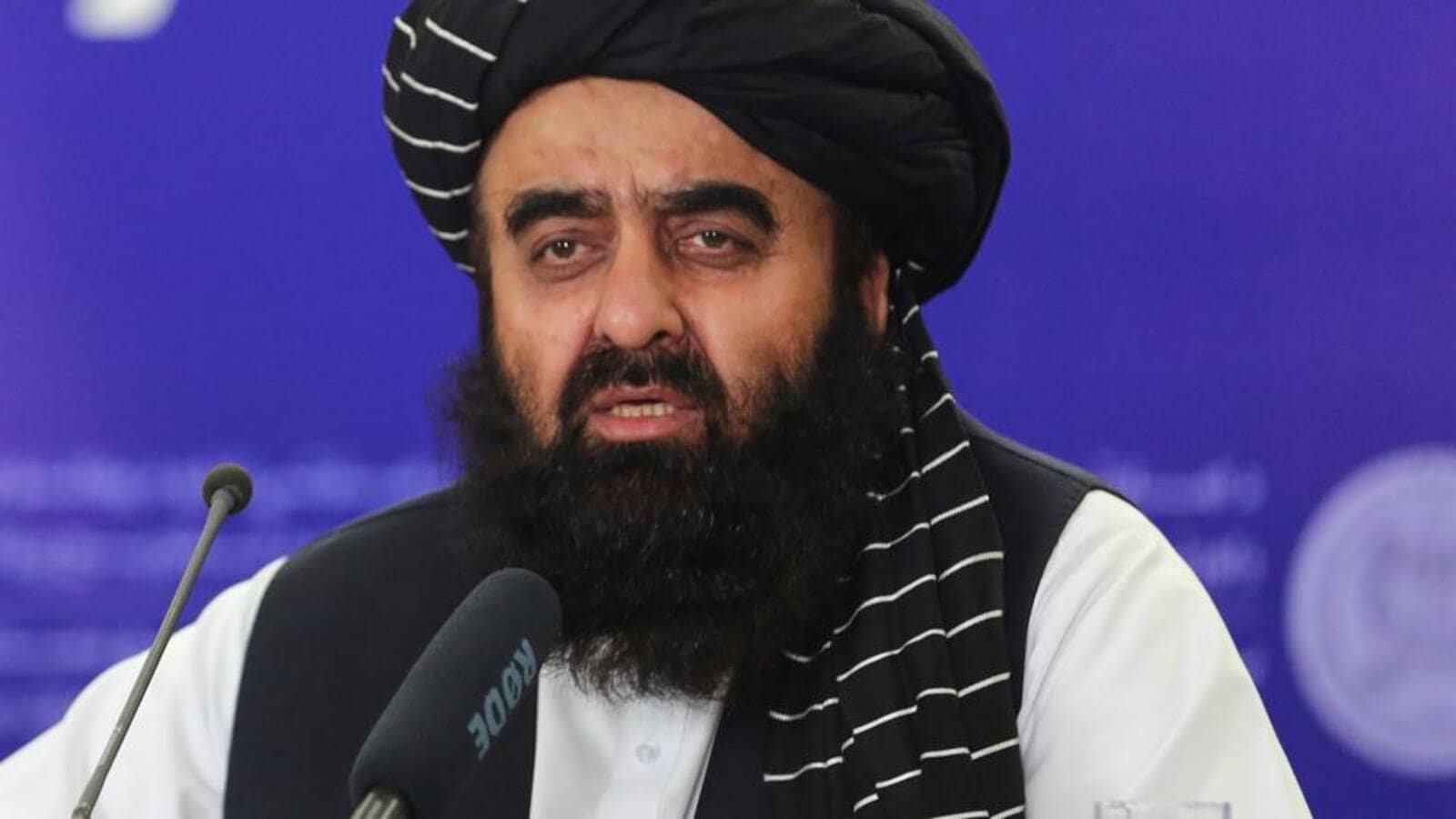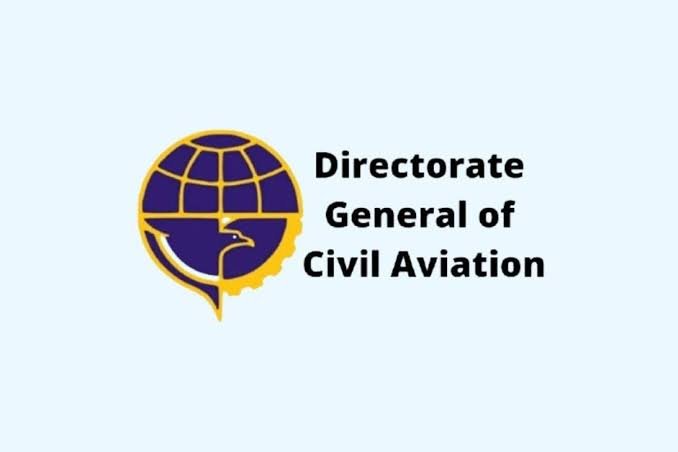Travel Guides & Articles
5 reasons your next family holiday should be to Hong Kong: From easy flights and Indian food to Disneyland fun | Travel

Hong Kong, to me, was a surprise. It all began with the need to find a November holiday spot that wasn’t too far from India, had great weather and didn’t throw my body clock off. After going through the usual suspects, most of which we had already visited, we landed in Hong Kong. That’s when the research started, and what I found made me wonder why more Indian families don’t put this city on their list. Here’s what won me over.
Before we dive in, here’s a quick snapshot of Hong Kong:
- The city is split into Hong Kong Island, Kowloon and the New Territories, all connected by the MTR metro.
- Staying near an MTR station makes sightseeing easier and keeps travel costs in check.
- Google Maps helps you pick hotels closer to metro stations, so you save both time and money.
- Pick up an Octopus Card for tap-and-go rides on trains, buses and even small purchases.
- Public transport is fast, clean and family-friendly, so getting around is part of the fun.
1. Transport that makes you smile
Hong Kong is planned in a way that takes the stress out of moving around. Every metro stop has English signage, the apps are all in English, and the Octopus Card is a lifesaver. Buy it online before you land and collect it at the airport with 50 HKD already loaded in. You can use it on the metro, buses, attractions, eateries and even souvenir shops. Lose the card and you can reload a new one at any 7/11, which you will find at nearly every corner. My tip is to pick a hotel near a metro stop. I chose Tsim Sha Tsui for the boulevard walks, late-night McDonald’s burgers and the family-friendly vibe.
2. Disneyland without the shock to your wallet
Theme parks are often a budget-buster, but not here. The ticket for Hong Kong Disneyland was priced close to what I paid for an amusement park back in Bangalore. We skipped the fast track pass, went on a weekday and managed every ride without queues. Spend the whole day, take snack breaks and don’t miss the small Indian counter inside that serves a proper thali. Carry protein bars for kids since most other meals inside can feel heavy on the stomach and the pocket.
3. Ocean Park is the real hidden gem
If Disneyland takes the spotlight, Ocean Park is the one families almost forget to plan for. From pandas and aquariums to roller coasters and dolphin shows, it’s the kind of mix that keeps both kids and adults hooked. There’s even a water park attached if you want to make a splash. We ended up spending an entire day here and came out pleasantly exhausted.
4. Indian approved food when you crave it most
Food was the biggest surprise in Hong Kong. It’s not just about what you eat; it’s about how much easier it makes family travel when kids and adults can both find comfort meals.
- Breakfast in Tsim Sha Tsui
Bolton Cafe became my favourite start to the day. Order the set meal of tomato cheese sandwich with iced milk tea and add a pineapple bun with butter. That bun alone is worth waking up for. - Vegetarian dim sums at Veggie Kingdom
This was a Tsim Sha Tsui gem. A full vegetarian-only dim sum service with mock meat and Hong Kong-style flavours that felt like it was made for Indian travellers. Go in the afternoon to get the best selection. - Papa Gomes 1 for ghar ka khana
Climbing the endless mid-level escalators is an experience on its own, but the reward is a cosy thali that tasted better than many I’ve had back home. Fresh naan, curries, samosas and a bill that doesn’t make you flinch. - Michelin indulgence at Chilli Fagara
Don’t be fooled by the small vegetarian menu. The dumplings in chilli oil are addictive, and the oil itself becomes a treasure when you mix it with fried noodles. Easily the best comfort meal of the trip. - Desserts that impress
Egg tarts are everywhere, but Bakehouse’s Nutella-stuffed doughnuts deserve the real applause. Pair it with a coffee after a long day, and you’ll forget the queues and tired legs.
5. Getting there is a breeze
Planning the paperwork and flights turned out easier than I thought. Indian passport holders need to apply for a Pre-Arrival Registration (PAR), which is essentially an online approval to enter Hong Kong. It is free, but the form can be tricky — one small spelling error led to my rejection the first time. I strongly suggest using trusted platforms like Atlys, MakeMyTrip or StampThePassport. The service fee is small, and it takes the stress away. Apply at least three months in advance for peace of mind and the option to apply for a Visa if your PAR gets rejected (Which, in my case, helped. I had enough time to apply for a VISA and got it since my tickets were booked in advance of applying for the PAR – rookie mistake!)
Once the PAR is approved, booking flights is simple. Direct flights from cities like Delhi and Mumbai are frequent, and if you’re flexible with timings and don’t mind non-refundable tickets, you can find fares that are surprisingly budget-friendly.
Many families combine Hong Kong with Macau, which is visa-free and just a short ferry or bridge ride away. One smart way to do it is to land in Hong Kong, head to Macau straight from the airport, spend a day or two there, and return to Hong Kong for the rest of your stay. It saves time and makes the final departure smoother.
Bonus reason: Shopping that excites every age group
Hong Kong knows how to tempt shoppers. Sham Shui Po is a maze of toy streets and stationery shops where you’ll find Lego sets, miniature cars and quirky school supplies at prices that make you look twice. Citygate Outlets is another must-stop, especially since it’s right next to the Ngong Ping cable car that takes you to the Big Buddha.
From Nike to luxury labels, this is where you can score matching sneakers for the whole family without emptying your wallet.
Hong Kong gave me metro rides that worked like magic, theme parks that didn’t burn a hole in the pocket, Indian food when I needed it most, shopping streets that thrilled and walks in parks that felt like they belonged to another world. For Indian families looking for a destination that mixes comfort with fun, this city is one of Asia’s best-kept secrets.
Similar articles for you
Andaman’s untouched charms: A guide to your mindful island escape
Forget safaris: At Kolkata’s hidden zoo gem, watch exotic wildlife up close!
Tropic of Cancer, one of Bhopal’s underrated gems: Scenic drive you cannot miss
₹2500″>Travel smarter, not harder: Your guide to affordable trolley bags under ₹2500
Travel Guides & Articles
Taliban minister planned India visit; Pak-led UN panel rejects travel ban waiver

NEW DELHI: Taliban foreign minister Amir Khan Muttaqi called off a planned visit to India this month after failing to secure a waiver to a travel ban imposed under UN Security Council sanctions, people familiar with the matter said.
If the visit had gone ahead, Muttaqi would have been the first minister from the Taliban setup in Kabul to travel to India since the group seized power in Afghanistan after the collapse of the Ashraf Ghani government in August 2021. All Taliban leaders sanctioned by the UN Security Council have to secure a waiver for foreign travel.
Pakistan currently heads the 1988 sanctions committee of the UN Security Council that oversees the implementation of the travel ban, an assets freeze, and an arms embargo related to sanctioned Taliban leaders, and the people cited above said on condition of anonymity that Islamabad is believed to have been behind the move to deny Muttaqi a waiver.
Also Read: Trump says India, Russia ‘lost’ to ‘darkest China’. New Delhi says no comments
The 1988 sanctions committee includes all 15 members of the Security Council, and a waiver can be blocked if even one member objects to it. Muttaqi’s planned visit to Pakistan last month was called off after the US reportedly objected to a waiver.
When external affairs ministry spokesperson Randhir Jaiswal was asked at a weekly media briefing about reports of Muttaqi’s planned visit to India, he replied: “As you are aware, we have longstanding ties with the people of Afghanistan. India continues to support the aspirations and developmental needs of the Afghan people.
“We continue to have engagements with Afghan authorities. If there is an update on this account, we will share it with you.”
The people said a waiver for Muttaqi was sought from the 1988 sanctions committee but it wasn’t granted. The planned visit to India was being seen as a follow-up to a phone call between Muttaqi and external affairs minister S Jaishankar in May – the first such interaction between the two sides.
Also Read: India will ‘undoubtedly’ keep buying Russian oil, says Nirmala Sitharaman
The phone conversation also built on a meeting between Muttaqi and foreign secretary Vikram Misri in Dubai in January and came against the backdrop of tensions between India and Pakistan. The Taliban had also condemned the Pahalgam terror attack in April.
India has quietly built up its contacts with the Taliban leadership in recent years, mainly to protect regional interests at a time when China has sought to expand its footprint in Afghanistan, and Muttaqi and Jaishankar had spoken on the phone again on September 1 after New Delhi dispatched relief materials to help the victims of a devastating earthquake that struck the Afghan province of Kunar.
The people said that Muttaqi’s visit had only been called off, and it is expected to go ahead in the coming months once the issue of the waiver on the travel ban is addressed.
Travel Guides & Articles
North East Aviation summit boosts regional growth

The Ministry of Civil Aviation organised the North East Region Ministers’ Conference on Civil Aviation 2025 and the 3rd North East Aviation Summit in Itanagar, Arunachal Pradesh. The event brought together key leaders including Shri Pema Khandu, Chief Minister of Arunachal Pradesh, as Chief Guest, and Shri Rammohan Naidu, Union Minister for Civil Aviation, as Guest of Honour. Senior ministers from Mizoram, Sikkim, and Assam also participated, reflecting the collective importance given to aviation-led development in the region.
In his inaugural address, Shri Pema Khandu highlighted the critical role of transportation connectivity in driving growth in the North East. He noted that in the last decade, the region has witnessed unprecedented progress in aviation infrastructure. With schemes like UDAN, long-cherished dreams of Arunachal Pradesh residents to have their own airports have been fulfilled, transforming the socio-economic landscape of the state and the broader region.
Union Minister Shri Rammohan Naidu stressed the importance of strengthening Centre-State-Industry partnerships to accelerate aviation growth. He emphasised that enhanced connectivity is vital for border access, tourism promotion, cargo movement, and industrial development. The Minister urged states to expand tourism infrastructure and skilling programs to complement aviation growth, noting that employment opportunities for youth must be prioritised alongside infrastructure expansion.
The Minister shared that operational airports in the region have increased from nine in 2014 to sixteen at present. Aircraft movements have nearly doubled, while domestic passenger traffic has tripled. To support further expansion, the Centre will offer four pre-feasibility studies annually for new Greenfield airports at no cost, enabling states to plan their aviation projects without financial constraints.
During discussions, state leaders highlighted how aviation connectivity will strengthen tourism, trade, healthcare, emergency services, and entrepreneurship. They underscored the role of new airports, heliports, and cargo facilities in reducing travel time, boosting exports of local products, and attracting investments. Industry players, including airlines, OEMs, MROs, cargo operators, and drone companies, engaged in dialogues to identify investment opportunities and address implementation challenges.
Looking ahead, the Ministry announced its flagship event Wings India 2026, scheduled from 28–31 January 2026. Organized with AAI and FICCI, the event will serve as a global platform to showcase India’s aviation growth story, promote policy dialogue, and foster international partnerships. With these initiatives, civil aviation is set to become a transformative enabler of Viksit Bharat @2047, giving new wings to North East India’s aspirations.
Travel Guides & Articles
DGCA unveils draft fatigue risk management framework

The Directorate General of Civil Aviation (DGCA) has introduced a draft framework on Fatigue Risk Management System (FRMS) for Indian airlines, aimed at addressing pilot and cabin crew fatigue with a scientific, data-driven approach. Released on September 4, 2025, the draft highlights a performance-based model that goes beyond traditional duty-hour and rest regulations.
Unlike prescriptive rules that only set maximum flight duty periods, FRMS focuses on understanding how fatigue develops in real-world conditions. It incorporates bio-mathematical fatigue models, sleep and activity tracking, self-reporting by crew, and analysis of safety-event data. The DGCA clarified that FRMS will remain optional, allowing airlines to either continue with existing Flight Duty Time Limitations (FDTL) or adopt FRMS if they can prove its effectiveness through data and safety audits.
For airlines choosing to implement FRMS, a comprehensive policy approved by senior management will be mandatory. This policy must cover scheduling practices, fatigue reporting systems, corrective measures, and training. Carriers will be required to demonstrate to the DGCA that their systems meet defined safety performance targets through audits, oversight reviews, and regular data submissions. If successful, operators may receive flexibility in rostering beyond current FDTL limits, provided safety is not compromised.
The framework also shifts responsibility to both crew and operators. Pilots and cabin crew are expected to monitor their rest, maintain sleep logs, and report fatigue, while airlines must create a supportive environment where fatigue reporting is encouraged without penalties. The regulator emphasised that effective FRMS requires trust and collaboration between management and staff.
The move comes amid rising global concern over fatigue as a major flight safety risk. India has witnessed growing debate on this issue, with reports of extended duty hours and insufficient rest periods despite revised FDTL regulations. Aviation experts point out that a pilot can still suffer fatigue even within legal duty limits due to irregular hours, commuting time, and disrupted sleep cycles.
The draft aligns with International Civil Aviation Organisation (ICAO) guidelines but has been tailored for Indian conditions. DGCA has invited feedback from airlines, pilot associations, and the public until September 15, after which the framework will be finalized. Once adopted, FRMS could provide Indian aviation with a modern, flexible, and science-based system to safeguard both crew wellbeing and passenger safety.
-

 Business1 week ago
Business1 week agoThe Guardian view on Trump and the Fed: independence is no substitute for accountability | Editorial
-
Tools & Platforms4 weeks ago
Building Trust in Military AI Starts with Opening the Black Box – War on the Rocks
-

 Ethics & Policy1 month ago
Ethics & Policy1 month agoSDAIA Supports Saudi Arabia’s Leadership in Shaping Global AI Ethics, Policy, and Research – وكالة الأنباء السعودية
-

 Events & Conferences4 months ago
Events & Conferences4 months agoJourney to 1000 models: Scaling Instagram’s recommendation system
-

 Jobs & Careers2 months ago
Jobs & Careers2 months agoMumbai-based Perplexity Alternative Has 60k+ Users Without Funding
-

 Education2 months ago
Education2 months agoVEX Robotics launches AI-powered classroom robotics system
-

 Funding & Business2 months ago
Funding & Business2 months agoKayak and Expedia race to build AI travel agents that turn social posts into itineraries
-

 Podcasts & Talks2 months ago
Podcasts & Talks2 months agoHappy 4th of July! 🎆 Made with Veo 3 in Gemini
-

 Education2 months ago
Education2 months agoMacron says UK and France have duty to tackle illegal migration ‘with humanity, solidarity and firmness’ – UK politics live | Politics
-

 Podcasts & Talks2 months ago
Podcasts & Talks2 months agoOpenAI 🤝 @teamganassi





















